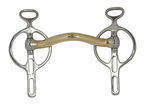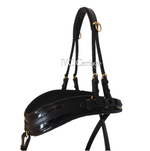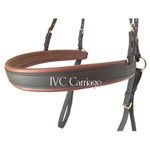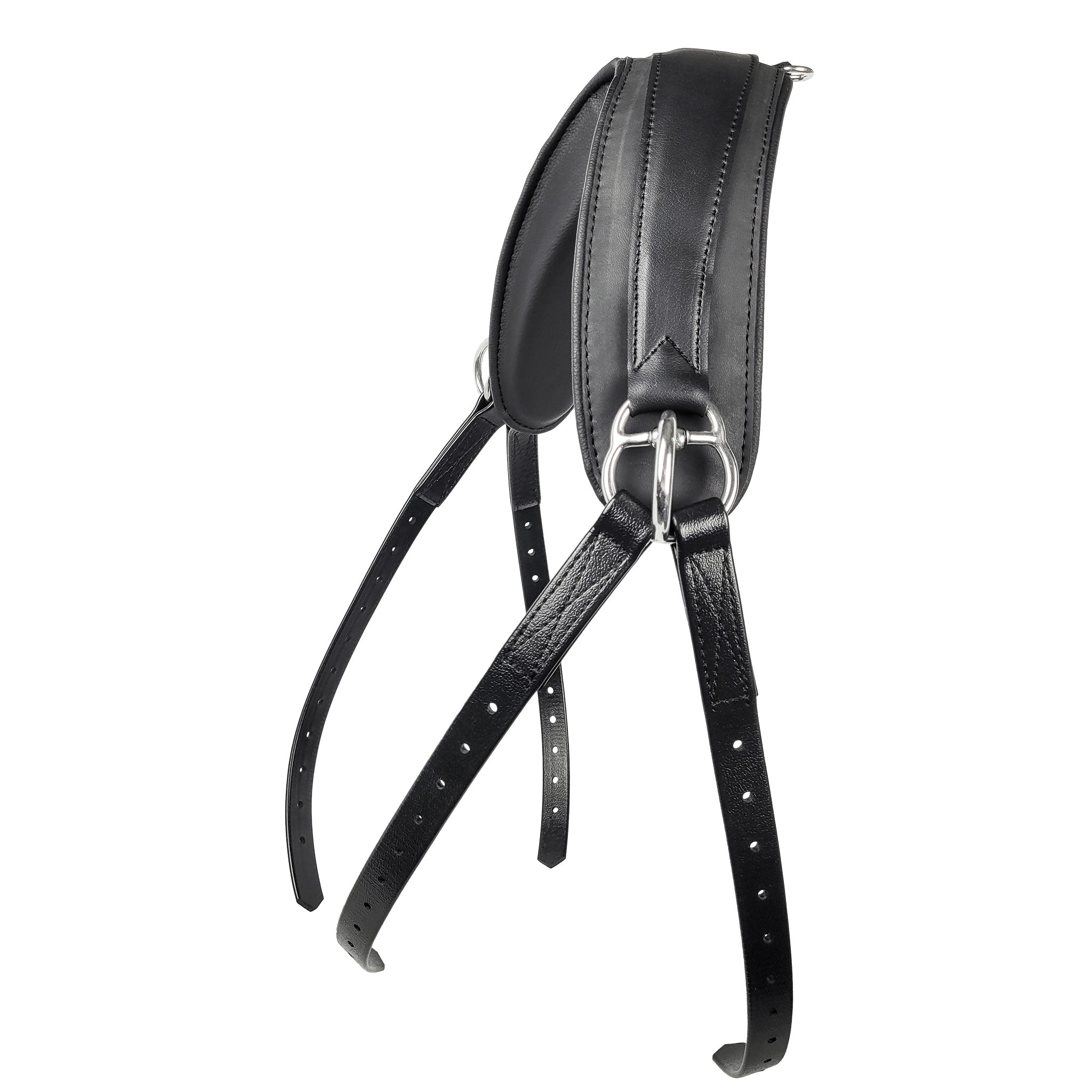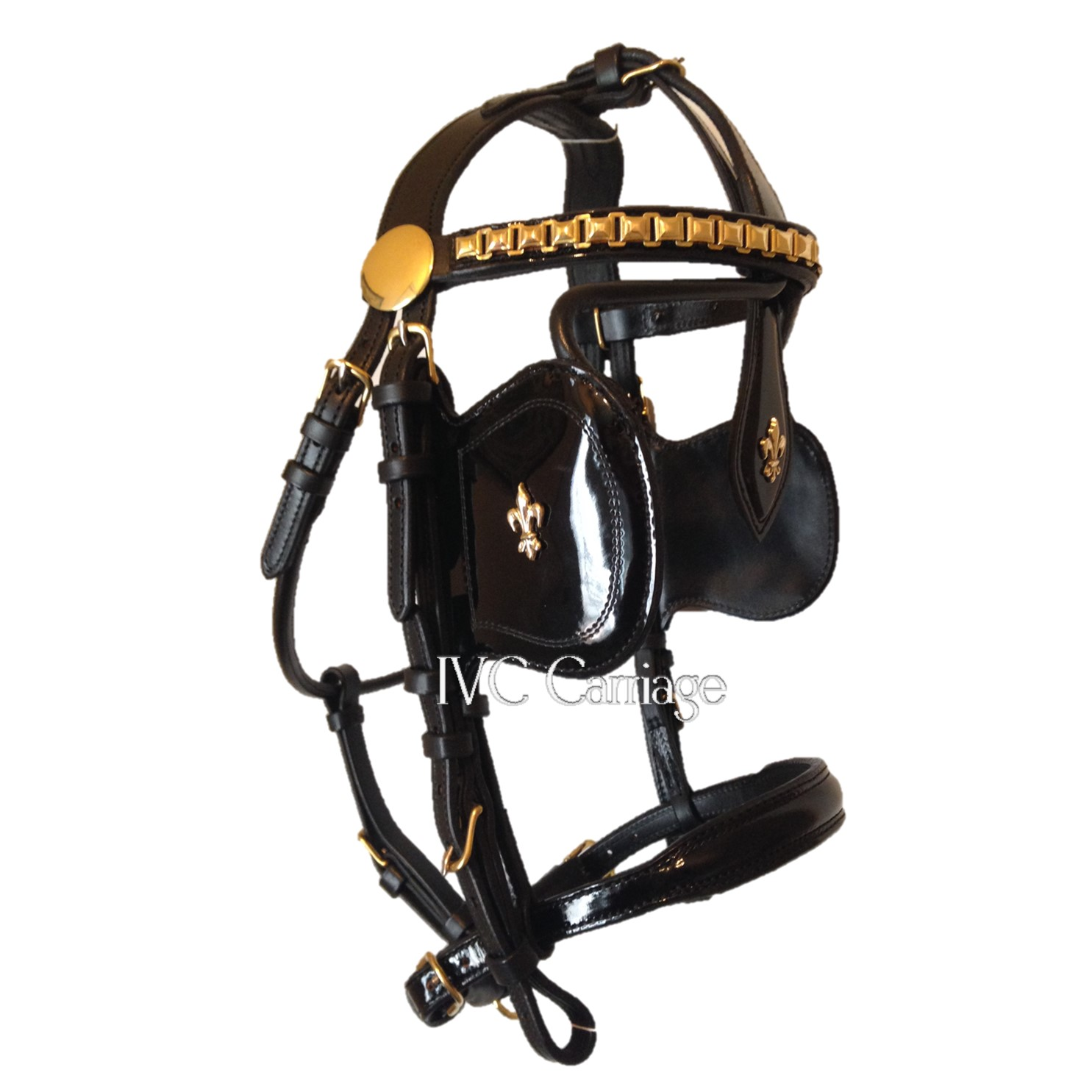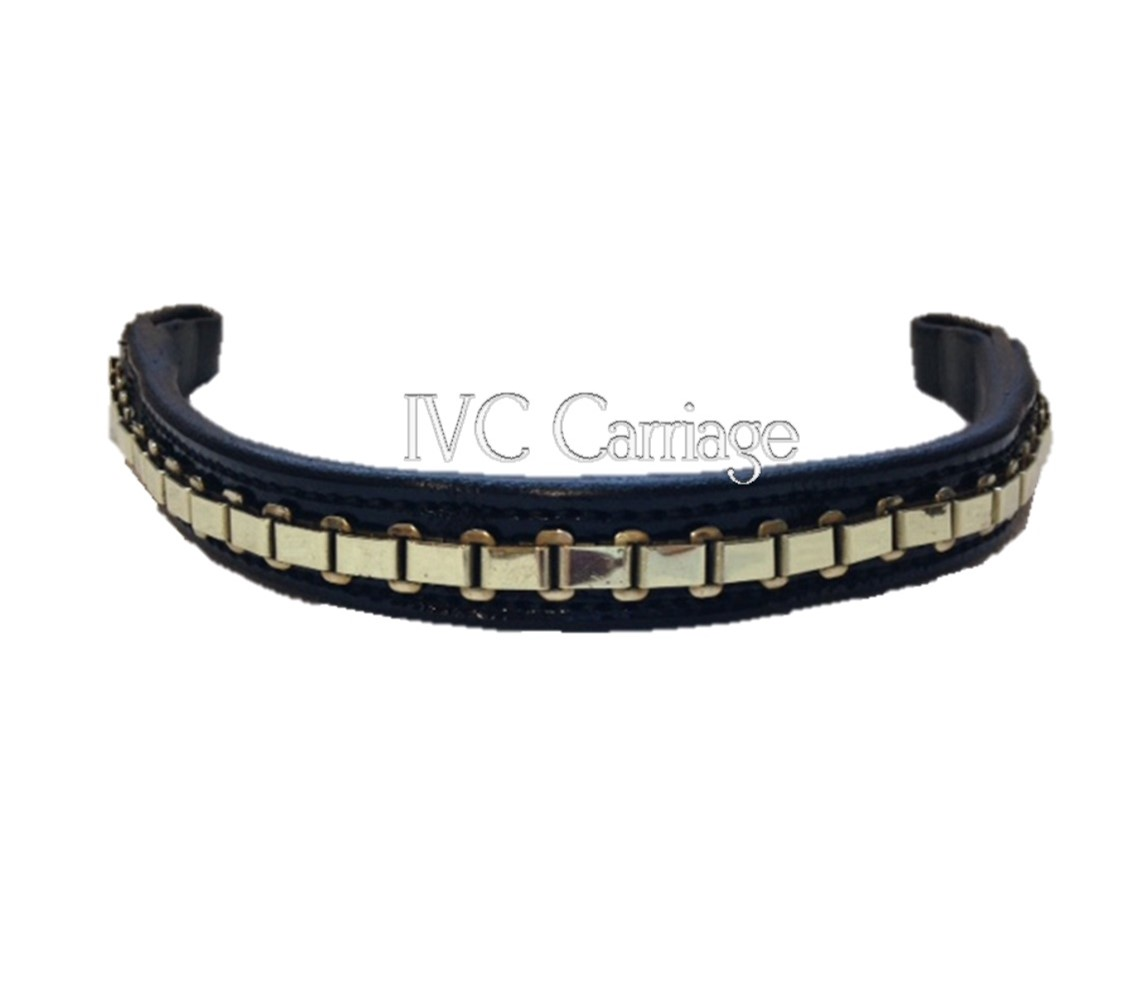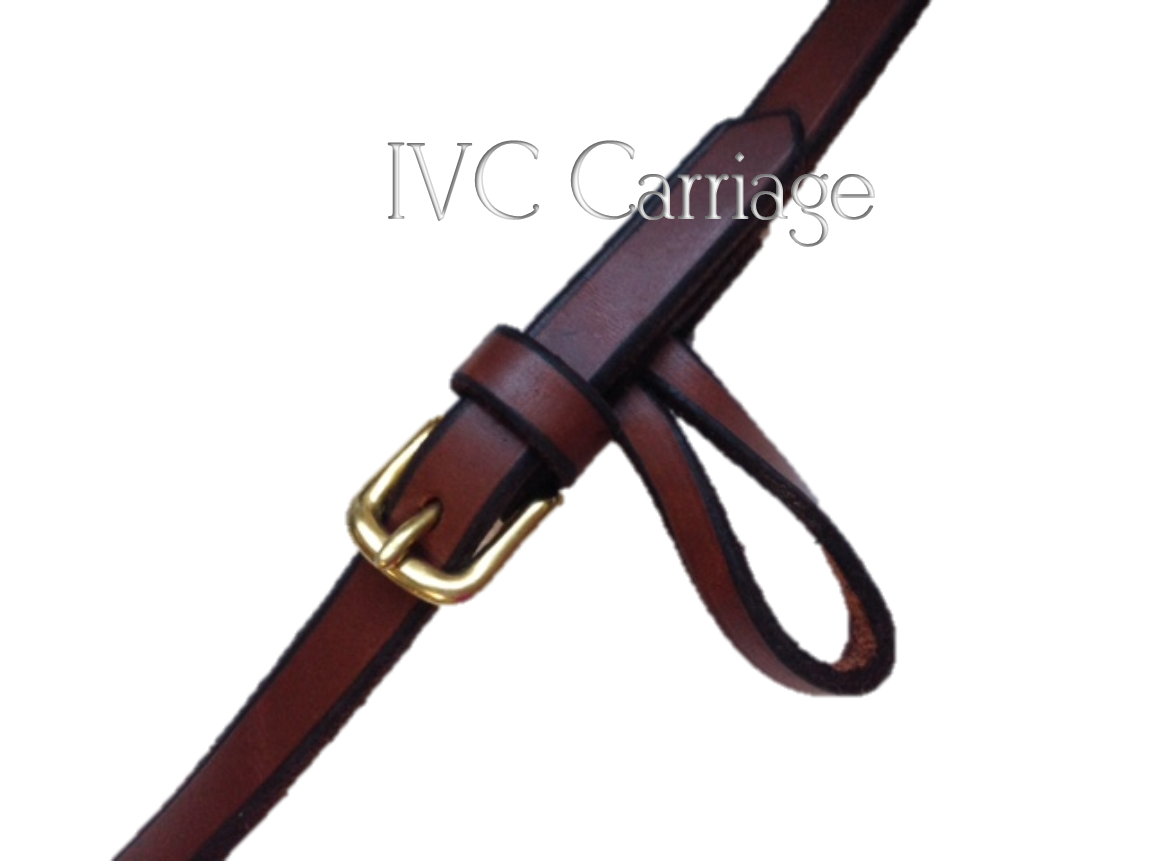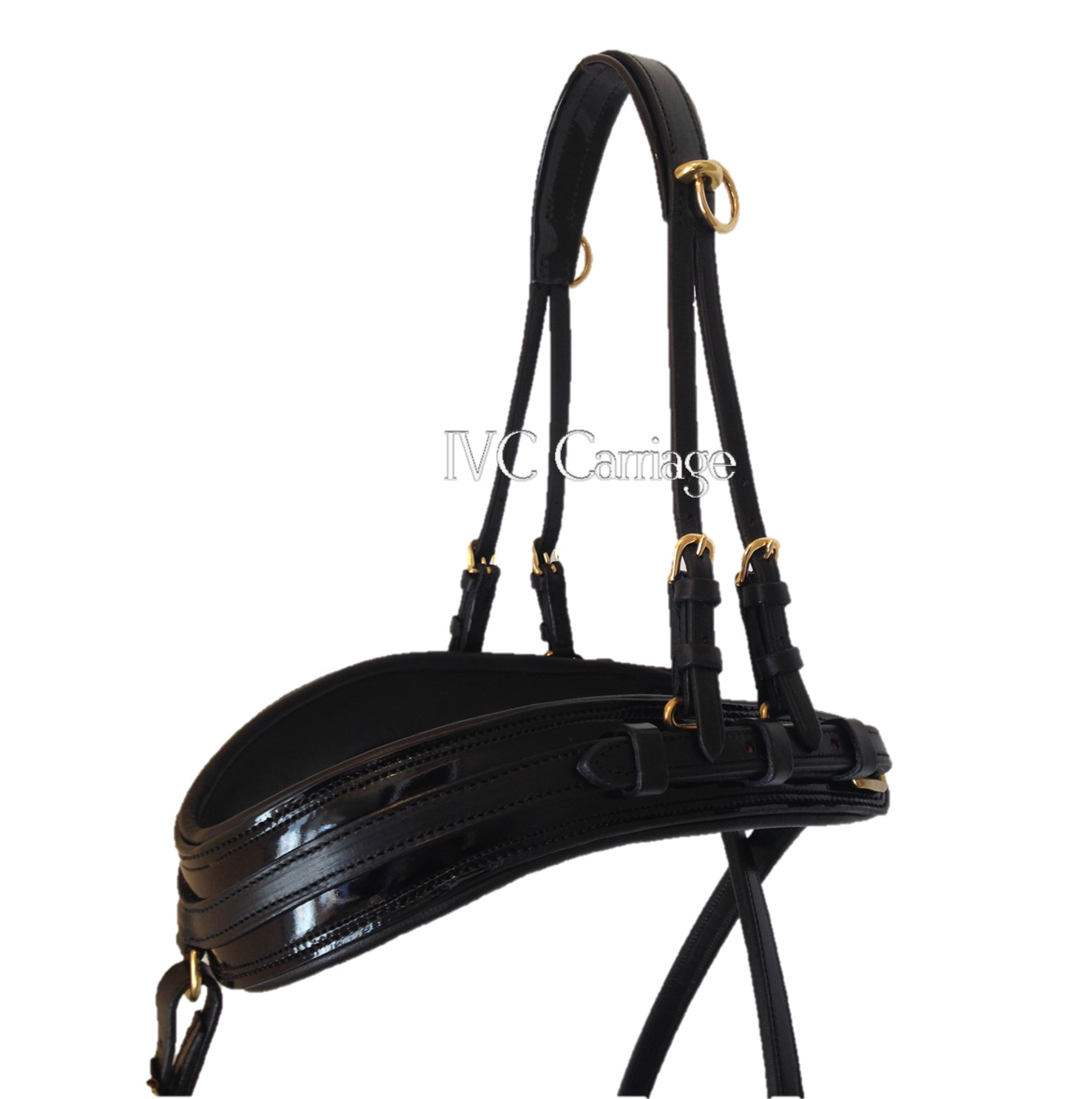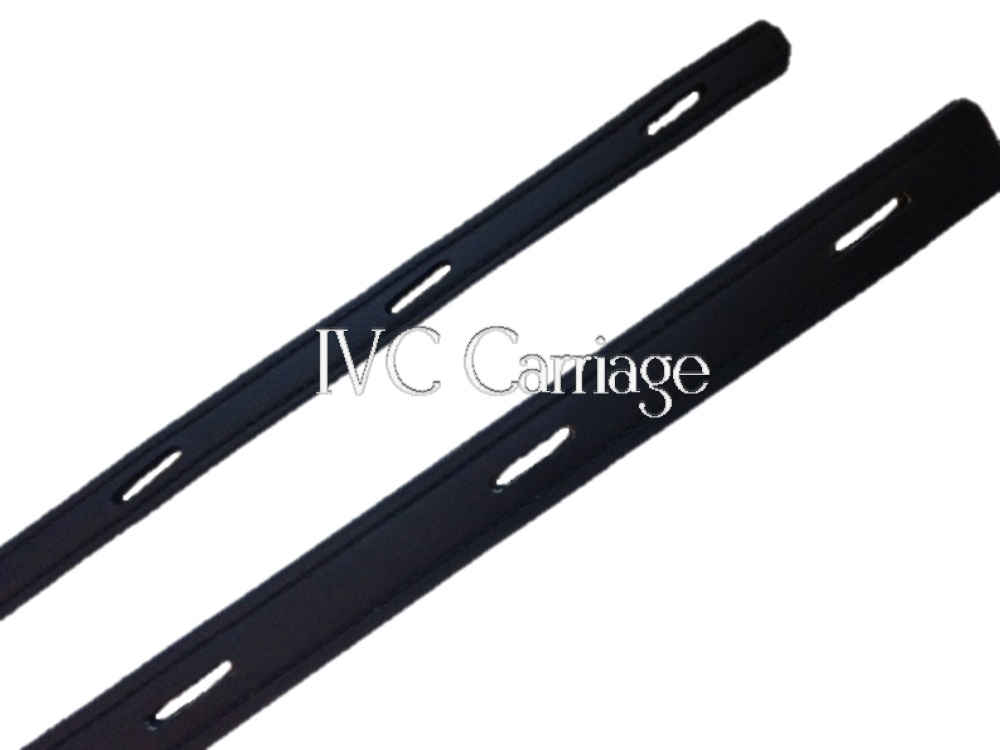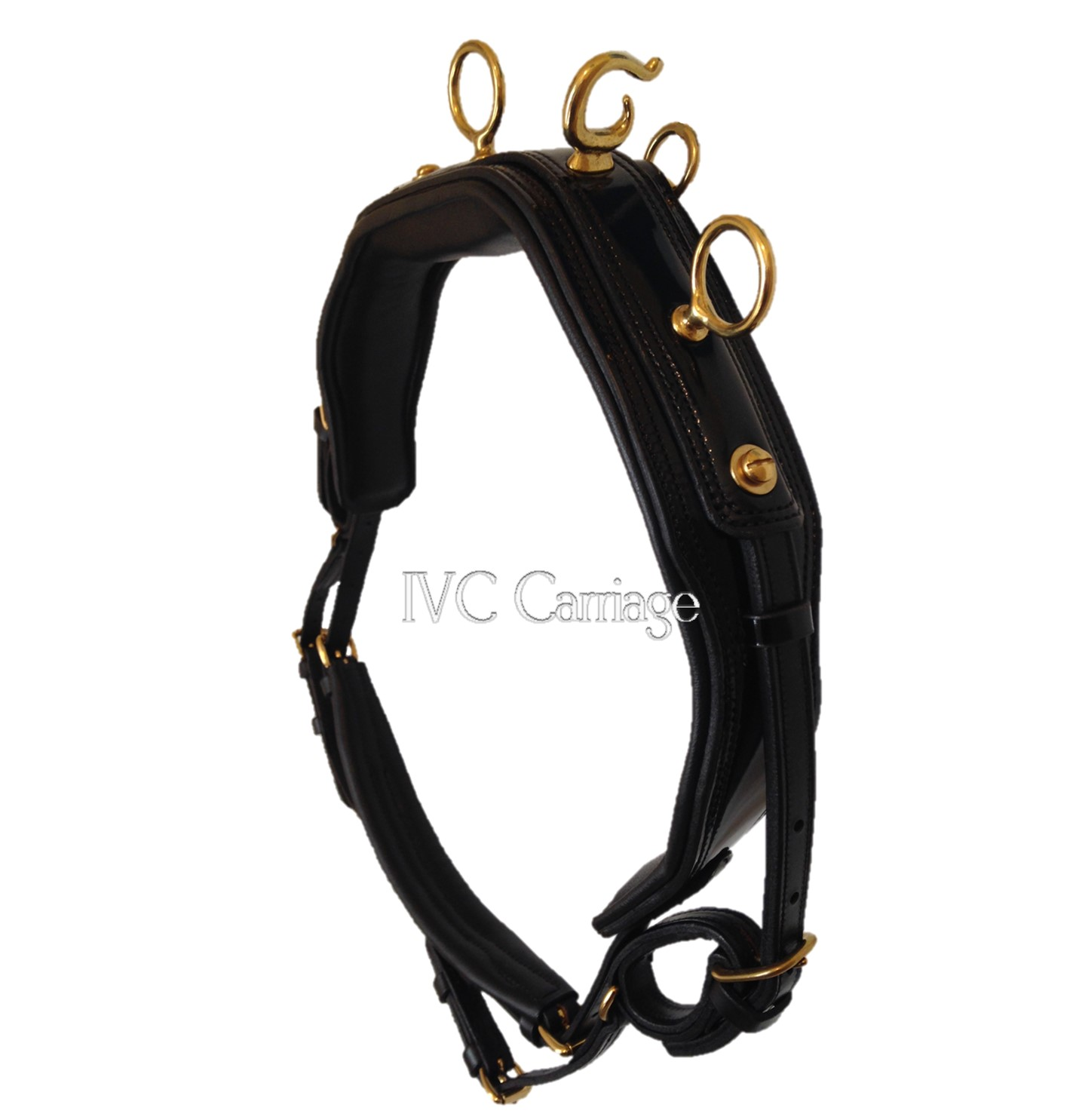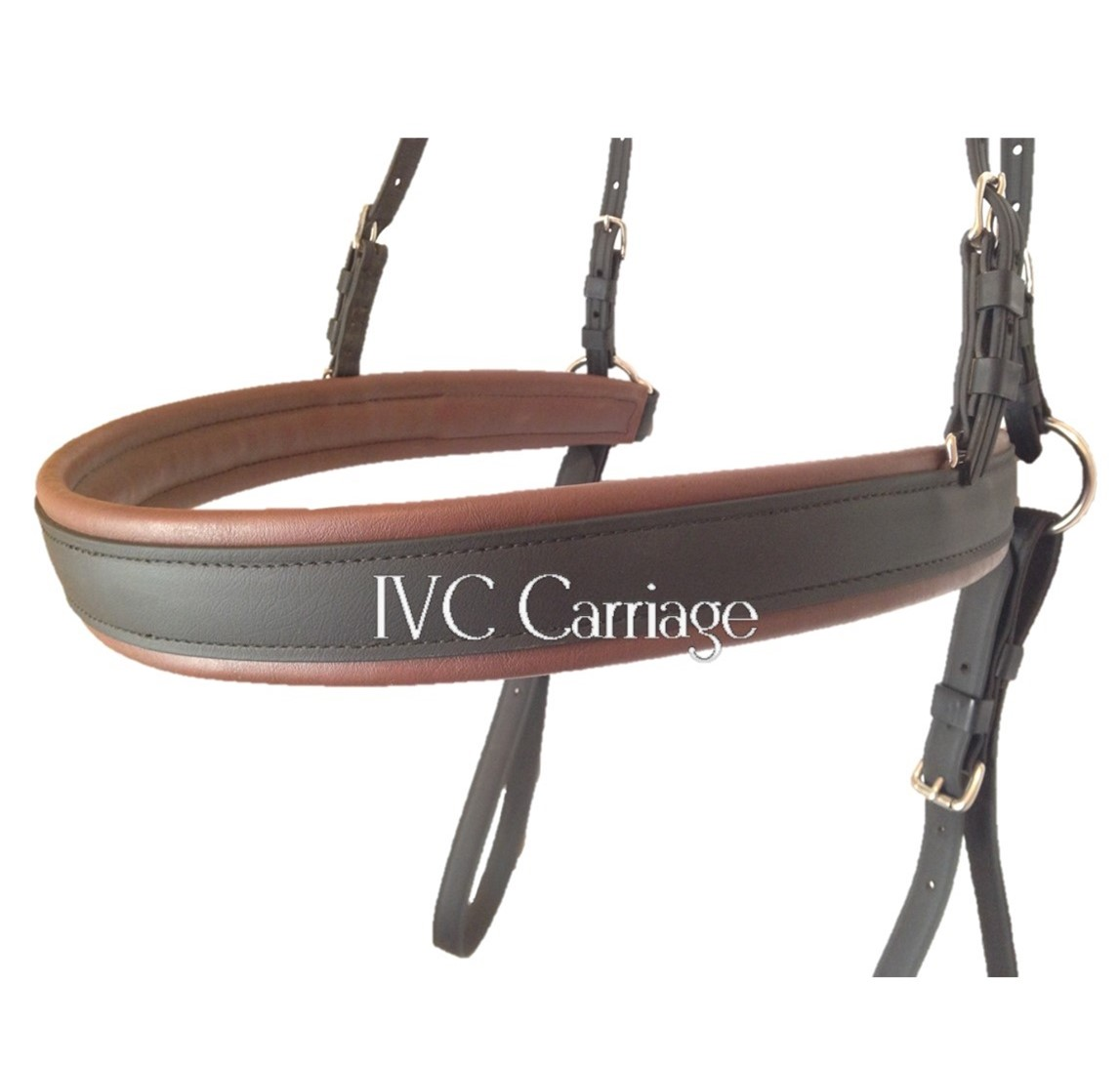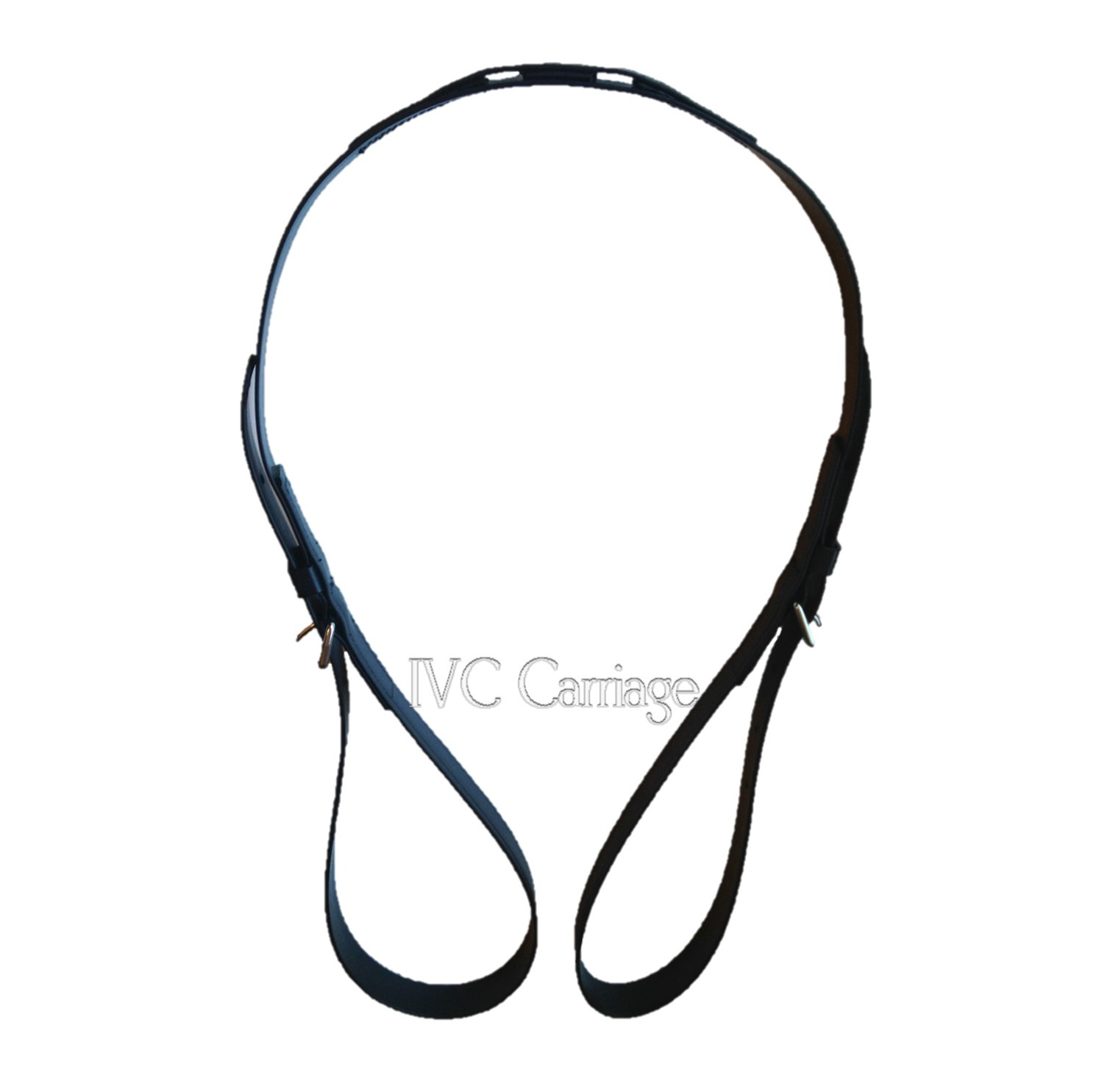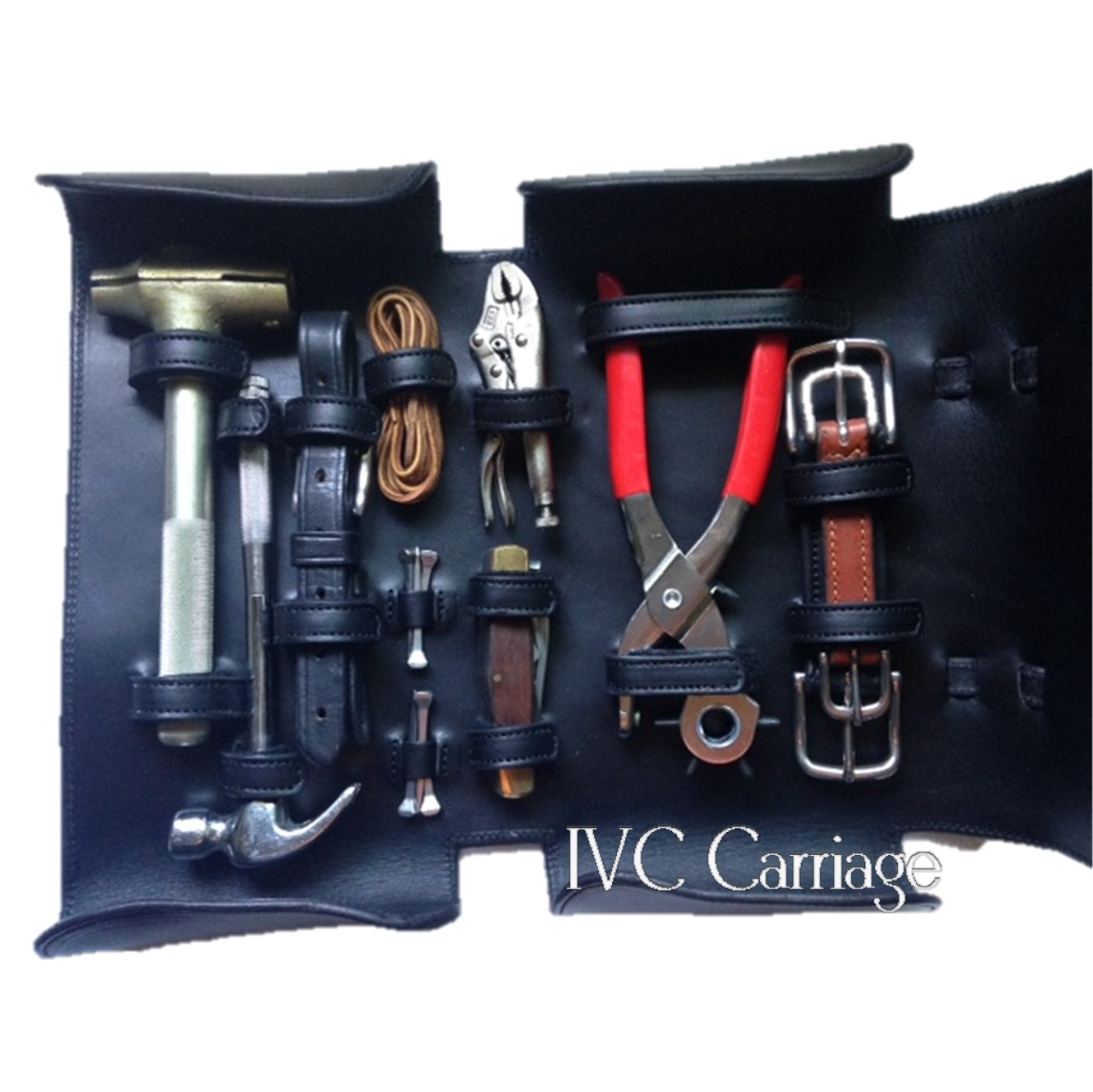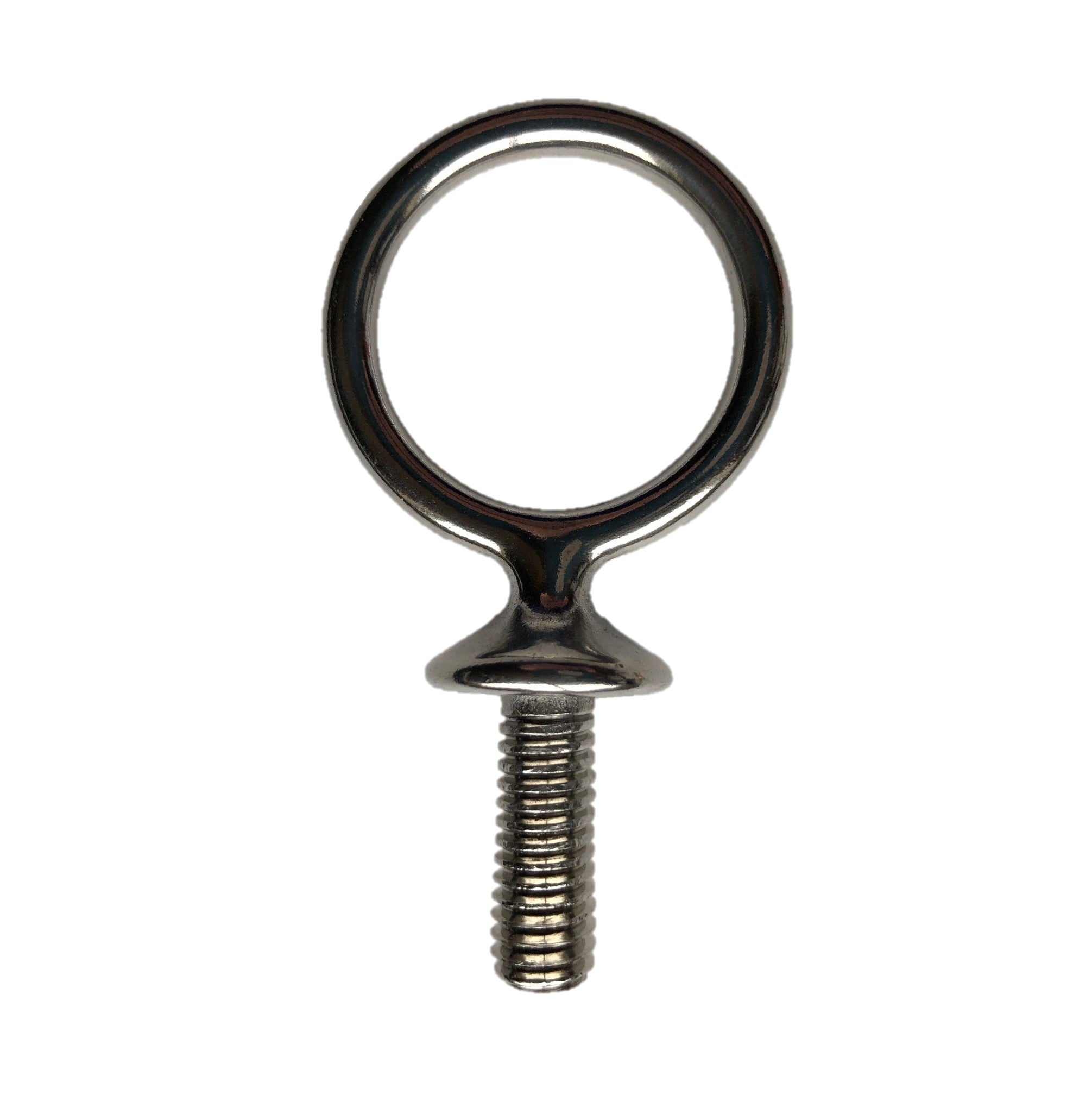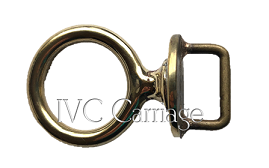Menu

Can You Drive Your Horse in Sandals?
In the above title, you’ll notice that I didn’t ask “Should You Drive Your Horse in Sandals.” I asked if you “can”. Of course, you shouldn’t do anything around horses while you are wearing sandals (not saying that I haven’t ever done that…like in the photo above...oops!). This is more of a hypothetical question than a practical one. Have you thought about if your horse might be good enough on a regular basis that you would ever consider being around him while you are wearing less-than-practical footwear?
I was thinking about this the other day while I was in the barn harnessing a horse. I want that horse to have such good ground manners that I don’t have to worry constantly about my piggies being stepped on. When we harness a horse, we lead them out of the stall and put the horse in the crosstie area. With our more finished horses, we don’t generally tie them because one of the first things we do is stretch the horse. It is part of our warm-up routine. If we tie the horse, we will just have to untie the horse to have it stretch to the left, right, and down. Then we will also have to untie the horse to put the neck strap over the head. So, it is just easier to leave the horse untied through all of this process. While that horse is there, he or she is expected to stand with their feet planted square, not moving a muscle. I know that I have mentioned this before in other blog posts, but I still have newcomers to the sport that are absolutely amazed that we (and other experienced drivers) have horses that we can generally keep untied at home. They were not aware that was even possible or something to work towards!
Now, I’m not saying that we do this with every one of our horses in every circumstance. If we are working with a young horse, we tie and we work on the process of getting that horse to stand absolutely still, not moving a foot. If they move after being set square in the crossties, we put them back, and put them back, and put them back. They will usually get better and better about standing because they learn that it is easier to stand than to be “chastised” and have their halter pushed to reset their feet. When we are away from home, we don’t leave any horse untied in an area where they are not contained. We always tie or hold the horse if it is outside of a stall. You don’t know what may happen away from home. (That’s not saying that we always know what will happen at home as well, but there are additional stresses for the horse away from home.)
Let’s think about putting your horse to the vehicle. Could you hitch your horse while wearing sandals? Does he require someone holding him at his head or being tied to keep from moving while you are putting to? Our horses are taught to stand on their own when we tell them to with a minimal amount of holding. We have the reins in hand, but they should not be relying on a header or a hitch rail to keep them from wiggling. Again, with our young horses, we are diligent about making sure we have a header when putting to, but we also work towards the header getting to the side, behind the blinker, so they are out of the line of sight of the horse. That way, the header is ready to act, if necessary, but the horse learns to stand on his own as well. Again, at an event away from home, we always have a header because there is added stress for the horse.
Can you mount the carriage while wearing sandals? Does your horse wait until you are in the vehicle and settled before moving off when you ask him? Or do you have to keep him tied or have a header hold him until you have your whip in hand? (Another question to ask yourself is, “Can you drink a cup of coffee after mounting the carriage?” or would you spill the coffee all over yourself when the horse moves off without you asking?)
At the end of the drive, does your horse wait for you to get out of the vehicle and stand while being taken out and unharnessed. It is ironic that usually, if our horses are going to stand at any one specific time, unhitching is it. They know that the sooner they stand still, the faster we can get them out of the vehicle. It also helps that they are more tired and less apt to have additional energy to burn. If your horse needs practice standing, the end of a training session is a great time to work on it.
It's definitely not wrong to tie your horse while harnessing. For most people and horses, I absolutely advocate for this practice to be done. Again, this article is more hypothetical. While working with newer drivers and less experienced horses, I am quite surprised at what drivers will put up with from their horses. And again, many of those drivers are not even aware that it is possible to have your horse “hold himself” still. I hear from drivers all the time that, “My horse can’t stand.” My answer to that is, “He can stand all day under a shade tree in the paddock.” He absolutely can stand. He has not been required to stand when he is being worked.
For a driving horse, standing is an absolute necessity. It is a required “gait” in the show ring. It should be a required gait for every driving horse regardless of his show status. Your life…and toes…depend on it!
- Choosing a selection results in a full page refresh.

